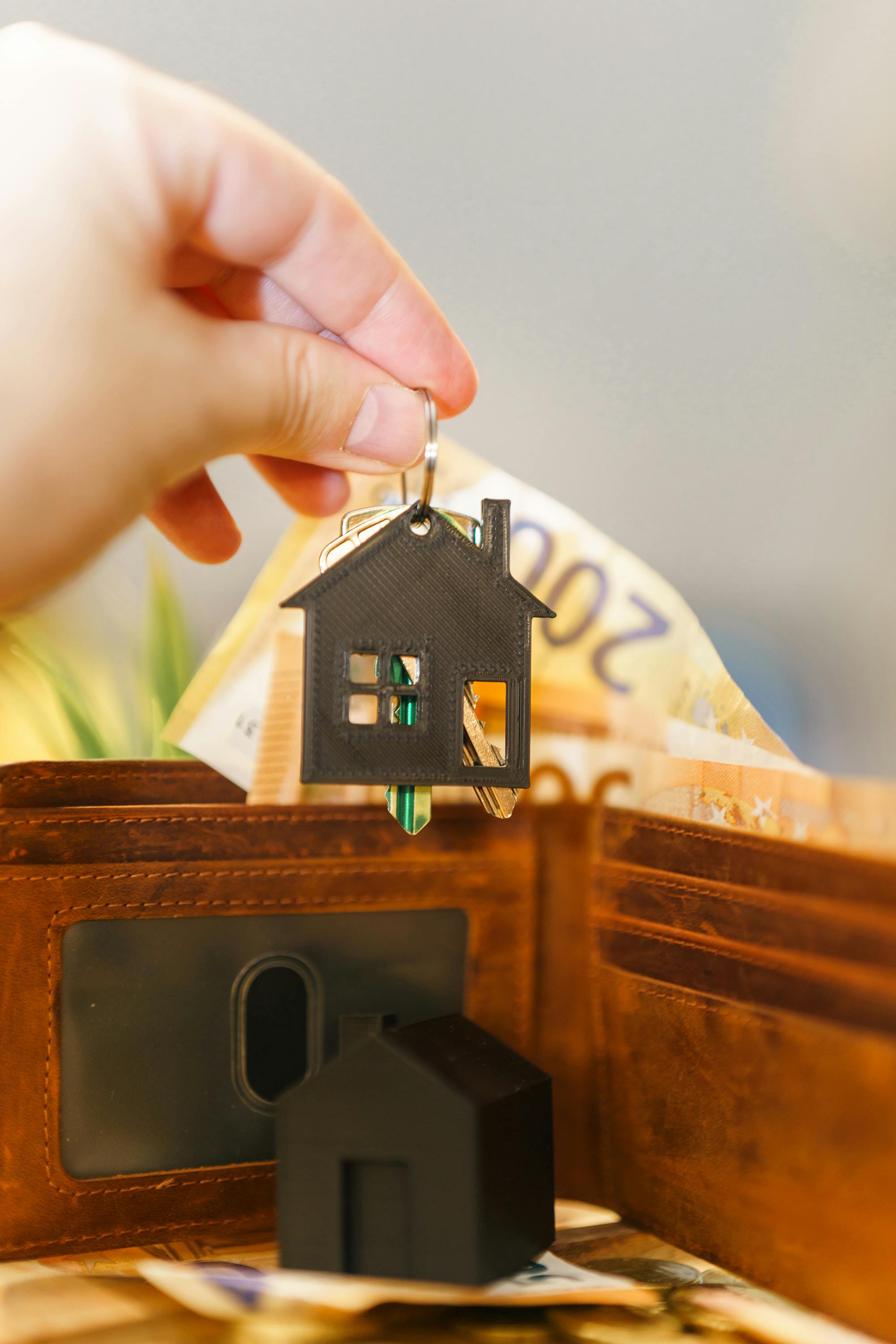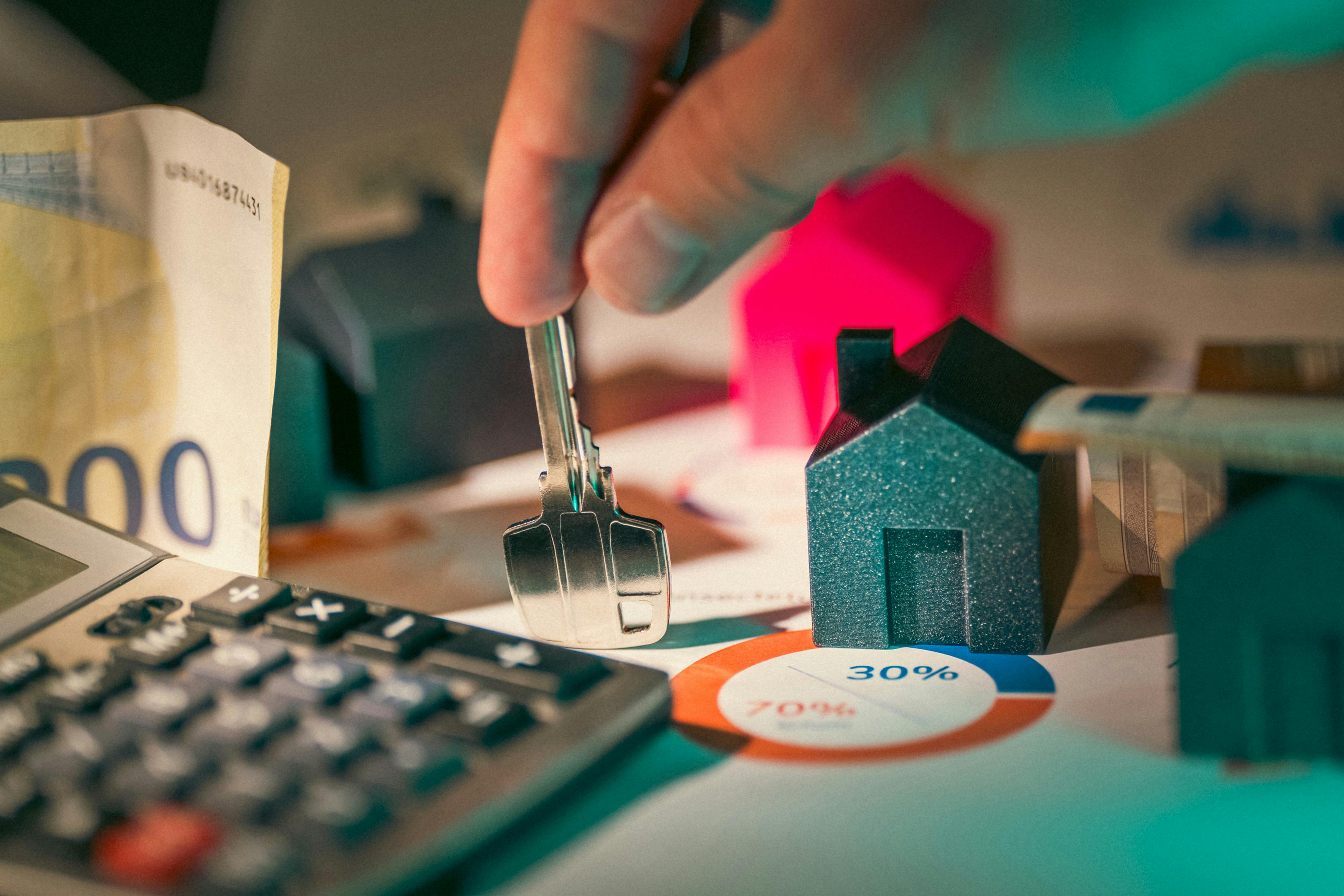The short answer? It's actually a pretty interesting time to be making this decision. The Reserve Bank of Australia (RBA) has already cut rates twice this year, and pretty much every major bank such as CBA, Westpac, ANZ, and NAB, are betting on more cuts to come. Here's the kicker: fixed rates are actually cheaper than variable rates right now, which is pretty unusual. But here's the thing - almost 99% of new borrowers are still choosing variable rates because they're betting rates will keep falling.
Your course of action should depend on whether you’re fine with paying a fixed rate mortgage, or getting some work done and saving some serious cash on no deposit home loans.
What's happening with interest rates right now?
The RBA is playing it cautious, but cuts are coming
Look, the RBA has been pretty conservative lately. They held rates steady at 3.85% in their July meeting, even though everyone was expecting a cut. Governor Michele Bullock basically said they wanted to see a bit more data before making their next move. But here's the good news - inflation is back where it should be at 2.4%, and unemployment has crept up to 4.3%, which gives them room to cut.
The Australian economy isn't exactly firing on all cylinders right now. We're growing at just 1.3% annually, partly thanks to some pretty rough weather events and people tightening their belts. But the job market is still decent - we've got about 14.64 million people employed and wages are growing at a healthy 3.4% a year.
What's interesting is that the RBA has said they're ready to "respond decisively" if things change, especially with all the trade uncertainty floating around globally.
Banks are offering some pretty sweet deals
Here's where it gets interesting for you as a borrower. Fixed rates are sitting about 0.25% to 0.75% lower than variable rates right now - that's like the mortgage world turned upside down!
Let's break down what the big banks are offering:
- ANZ is leading the pack with 2-year fixed rates at 5.19% and 3-year at 5.34%
- CBA has variable rates starting from 5.64%
- Variable rates across the majors range from 5.64% to 6.04%
- Smaller lenders like Regional Australia Bank and IMB Bank are going even lower, some as cheap as 4.95%
And if you're thinking about switching? Banks are throwing money at you - literally. Cashback offers are running anywhere from $2,000 to $4,000 if you refinance. ANZ is offering $3,000 for first home buyers, while some smaller lenders will give you $4,000 if your loan is over $300k.
What the experts are saying about 2025-2026
Every major bank agrees that rates are going down
This is pretty rare - all four major banks are singing from the same hymn sheet. They're all predicting the RBA will cut rates at the August 12 meeting, and the betting markets are giving it a 91% chance of happening.
Here's what each bank is predicting:
- CBA and ANZ think we'll see two cuts, bringing the cash rate down to 3.35% by the end of the year
- NAB and Westpac are more aggressive, expecting three cuts that could take us down to 3.10% by February 2026
That means if you've got a variable rate mortgage, you could be looking at saving anywhere from $125 to $190 a month per $500,000 borrowed for each 0.25% cut. Do the math - that's potentially $375 to $570 less per month by early 2026!
Independent economists are backing this up too. Shane Oliver from AMP Capital reckons there's about a 50-50 chance of a July cut, and the OECD is forecasting rates around 3.1% by the end of 2025.
People are voting with their wallets
Want to know what everyday Australians are thinking? Just look at what they're choosing. Only 1.8% of new loans in June were fixed rate - that means 98.2% of people are going variable. That's one of the most lopsided ratios we've ever seen!
Compare that to 2020-2021 when everyone was fixing because rates were going up. Now it's completely flipped because people are expecting rates to fall and they want to benefit from every cut.
About 32,000 homeowners are switching lenders every month, trying to get better deals. And here's a sobering thought - the average mortgage is now $659,922 for owner-occupiers, which works out to about $3,957 a month over 30 years. No wonder people are shopping around!
What's driving all this?
Inflation is finally under control
Remember when everyone was freaking out about inflation? Well, the good news is it's pretty much sorted. We're sitting at 2.4% annually and heading in the right direction. The monthly reading even dropped to 2.1% in May. This basically removes the main reason the RBA had for keeping rates high.
The global picture is helping too. The US Federal Reserve has their rates at 4.25-4.50%, which means we've got room to cut without our dollar going crazy. But there are some wildcards - potential trade wars and tensions with China (our biggest customer) could shake things up.
The job market is holding up
Even though unemployment has ticked up to 4.3%, that's still pretty low by historical standards. The RBA calls the job market "tight," which basically means there are still plenty of jobs around. Wage growth at 3.4% means people are actually getting ahead now that inflation has cooled down.
The property market is telling its own story too. With $11.03 trillion worth of residential property across Australia, and about 29% of borrowers potentially in mortgage stress, the RBA has good reason to give homeowners some relief. Sydney auction clearance rates are hovering just above 50%, and vendors are having to discount more - all signs that the property market could use some help.
Fixed vs variable: What's right for you?
When fixing makes sense
Some people just sleep better at night knowing exactly what their mortgage payment will be. If that sounds like you, fixing might be worth considering, especially since you can get rates around 5.2-5.4% right now.
First home buyers with small deposits (under 20%) might want to consider fixing for a few years while they get established. You're already dealing with enough uncertainty without worrying about rate movements too.
If you're going through major life changes - having kids, changing careers, or planning to move - having predictable housing costs can be a real blessing. The peace of mind might be worth more than the potential savings from going variable.
Variable rates could save you serious money
But here's the thing: if the banks are right about rate cuts, variable rate borrowers are going to come out ahead. Every time the RBA cuts, you benefit immediately. We're talking potential savings of $375-570 per month by early 2026 on a typical mortgage.
Plus, variable rates give you flexibility. If you want to refinance or pay extra off your loan, you're not locked in. Break costs on fixed loans can be brutal - we're talking potentially $15,000+ if you need to get out early.
The fact that 98.2% of borrowers are choosing variable tells you something about where the smart money thinks rates are heading.
What should you actually do?
Different situations for different strategies
If you've got a big mortgage ($800k+), consider splitting it. Maybe put 60% on variable to capture those rate cuts and 40% fixed for some stability. When you're dealing with big numbers, even small rate movements make a huge difference to your monthly payments.
Property investors should probably stick mostly with variable rates. You get better tax benefits, more flexibility for buying and selling, and lower break costs. But throwing 20-30% on a fixed rate can give your portfolio some stability.
Planning to sell in the next 2-3 years? Definitely lean towards variable or short-term fixed (2 years max). You don't want to get stung with massive break costs when you're trying to sell.
Protecting yourself
If you go variable, here's a smart move: keep paying what you would have paid on a fixed rate even when rates drop. Use the extra money to pay down your loan faster or build up an emergency fund.
Set yourself some trigger points too. Maybe if variable rates rise 1% above what fixed rates are offering, that's when you reassess and potentially lock in a rate.
If you fix, make sure you understand your loan features. Most let you make extra payments up to 10% of your loan balance each year without penalty - use this to chip away at your principal.
Variable Rates are the Most Optimal Solution in 2025
Here's my take: variable rates are probably your best bet right now if you can handle a bit of uncertainty. Every major bank is predicting cuts, inflation is under control, and you'll benefit immediately from every rate reduction.
But if you're the type who loses sleep over financial uncertainty, or you're already stretched thin and can't handle any payment increases, then fixing at current rates isn't a bad deal. Getting a 3-year fixed rate around 5.2-5.4% is actually pretty good value historically.
You know what? You don't have to choose just one. Consider splitting your loan - get some stability with a fixed portion and keep some flexibility with variable.
Whatever you decide, don't just sit and forget. The mortgage market is competitive right now, with banks throwing cashback offers and fee waivers around. Shop around, talk to a good mortgage broker (they arrange over 75% of loans these days), and make sure you're getting the best deal for your situation.
The most important thing? Make a decision that fits your circumstances and risk tolerance, not what everyone else is doing. Even if 98% of people are choosing variable, that doesn't mean it's automatically right for you.












